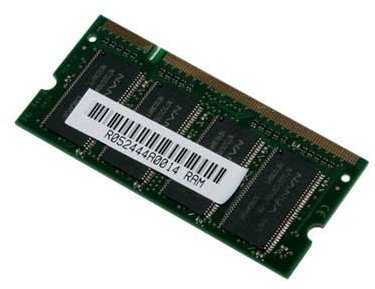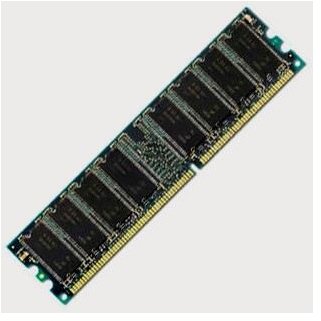A Guide for Upgrading Your Memory: What do you need?
What is memory?
Interested in replacing your computer’s memory by yourself, without having to go to a retailer? Check out Lucinda Watrous’ article in the Windows channel.
RAM (Random Access Memory) plays a key role in how many processes your computer can run at a time. The more memory your computer has, the more programs you can run without your computer slowing down. For functions from booting your computer to running word processors, media players, web browsers and messengers- having more memory allows the processor (CPU) to load these programs faster.
To read more about RAM, check out Heather Lorrmay’s article in the Windows channel.
Save Money
While upgrading your computer’s memory is more of a short-term than a long-term fix, it is considerably cheaper than having to purchase a completely new machine. Simply doubling your current memory is enough to extend your computer’s lifespan for at least 2 years or more, depending on how much you choose to expand it to.
Compatibility

Memory types
There’s a long list of different types of RAM that your computer could be running. The list includes the likes of: DDR (Double Data Rate), DDR2, DDR3, SDRAM (Synchronous Dynamic Random Access Memory) and SIMM (Single Inline Memory Module). For laptop users, all of those types of memory are available, but are available in specific formats designed specifically for it, such as SODIMM (Small Outline Dual Inline Memory Module). As expected, the age of your machine will determine the type of RAM that is compatible with the motherboard on your computer. For example, if your computer runs DDR memory, you can only upgrade with DDR memory. You won’t be able to use DDR2 or DDR3 memory. Keep in mind that there are different types of memory out there that have not been mentioned, but these are the most common ones you will come across.
Narrowing Your Search
You will have to check with the manufacturer on the expandable limit for memory. As tempting as it seems to put 16GB of memory into your computer, it won’t be any good if it only allows you to expand to 4GB. Fortunately, the manufacturer should also list the type of RAM that that you need (in reference to the list above). If you built your computer yourself, it’s best to check with the manufacturer of the motherboard to find out its expansion limits. On top of that, when shopping for RAM, you will most likely come along with certain specs such as these:
Pins
- The pins of a memory device determine the type of socket that it can fit into. For example, 72 pin SIMMs will fit into the 72 pin socket of the motherboard. If you choose RAM that is incompatible with the pin socket of your motherboard, it will not fit. It is important to get the correct hardware
PC + four digits
- When shopping for RAM, you will most likely see numbers such as PC2100, PC2700 and higher. A lot of it has to do with the speed and performance of the memory that is compatible with your system. The higher the number, the greater speed and processing power the memory offers. But you need to be careful: you have to make sure that it’s within the limits of your motherboard. As always, check with the manufacturer of your computer to be certain.
Frequency (MHz)
- If you’re familiar with the frequency of a processor, then the process for RAM is pretty much the same. The higher the frequency, the faster the processing speed of the RAM. Much like the PCXXXX numbers above, you have to pick the frequency that is permitted through the motherboard.
Buyer’s Guide
Take note that when shopping for RAM, the types of specs listed above will most likely be listed with the product. But when looking for information on what type of memory is compatible with your computer, it may only list the Pins, Frequency, or the PCXXXX number. If that’s the case, use what they list as your primary focus when choosing new memory. If there’s another specification that your manufacturer lists that has not shown up in this guide, use that as well. Choosing the right memory for your computer is a bit of a heavy task. It’s important to conduct some research as well as it is to ask questions. Ultimately, just make sure you search for memory that will work within your computer’s limits and your quest will become much easier.
When buying a new computer, it is always an investment. As such, replacing RAM should be approached in the same manner. If you go with a cheap, unknown brand to replace your memory, it may be a costly mistake. RAM is a key component of your computer’s hardware. If it fails, so will your machine. In turn, I suggest brands like OCZ, Kingston and Corsair. Don’t penny pinch!
